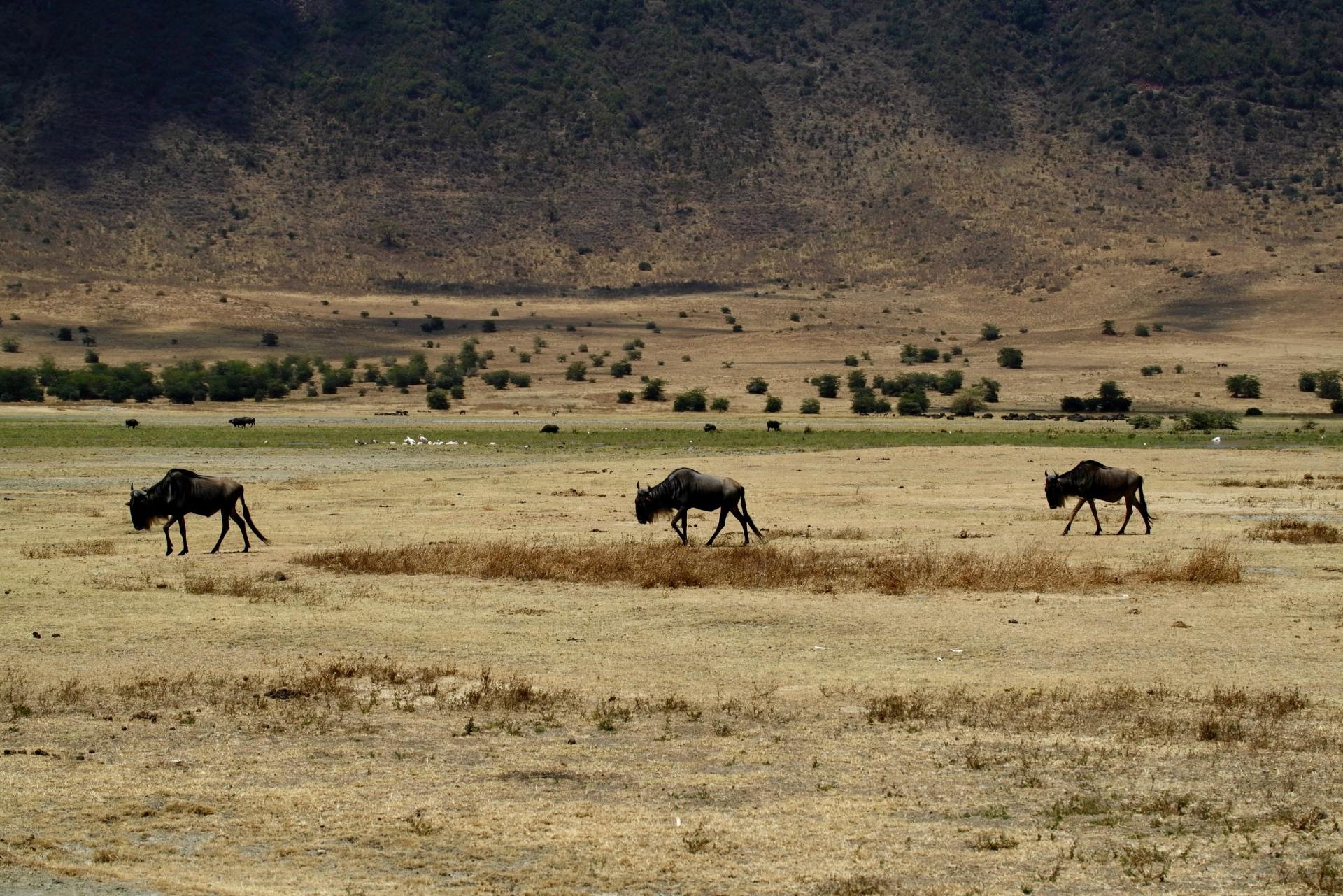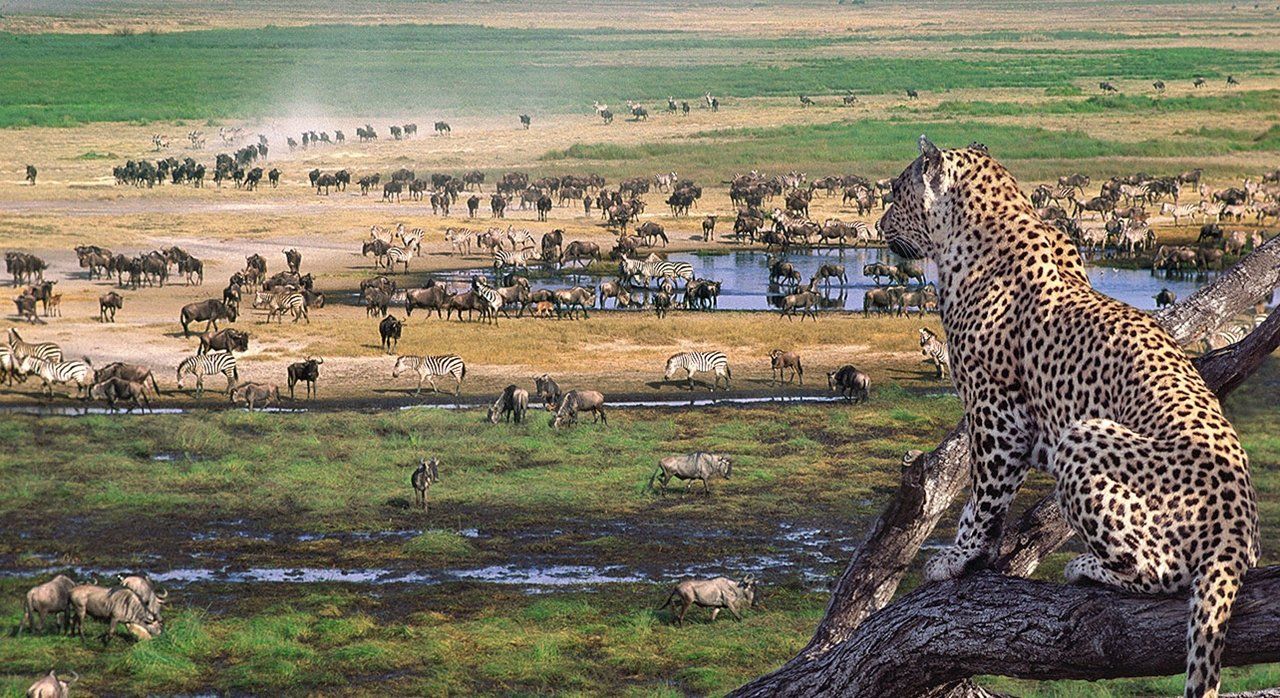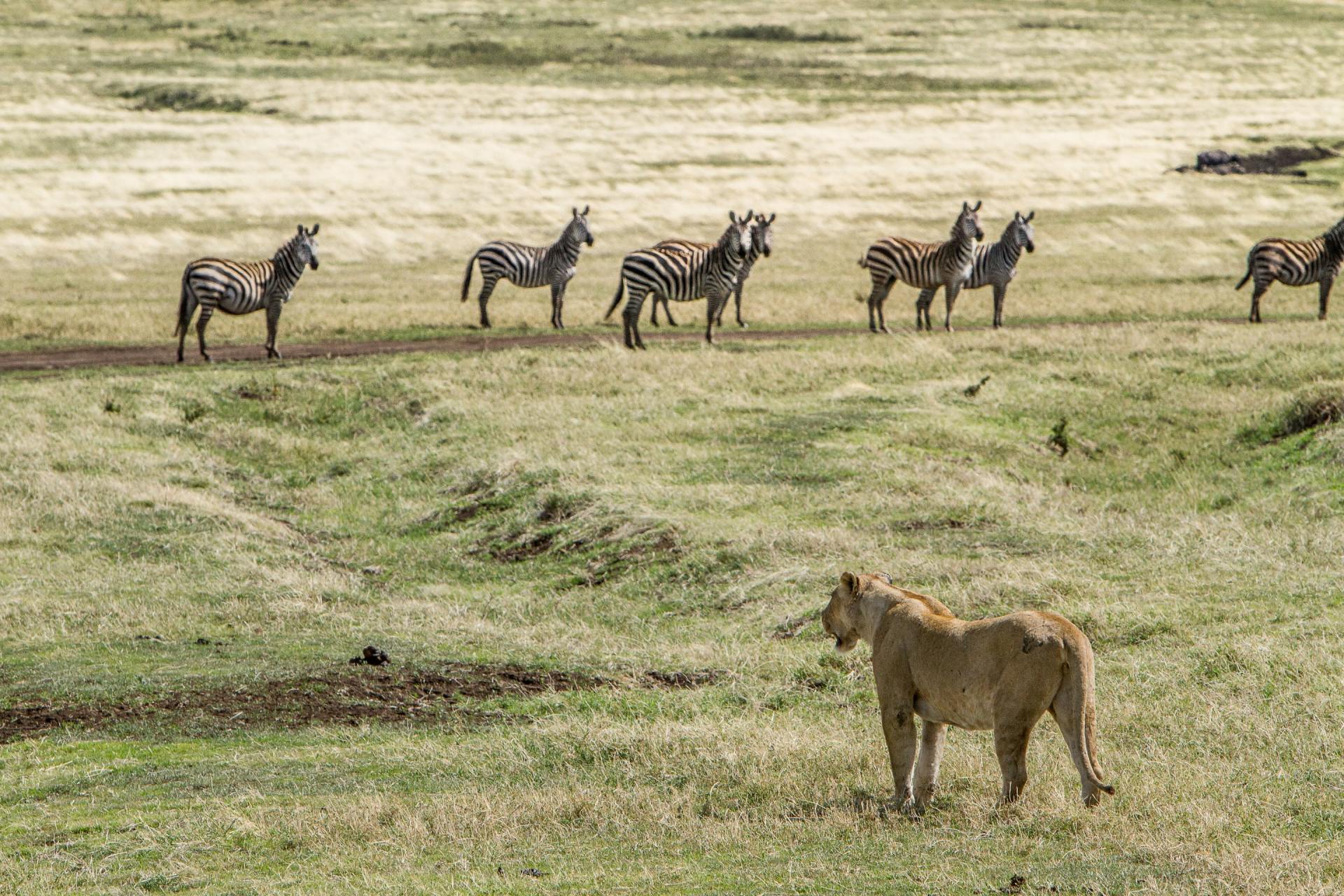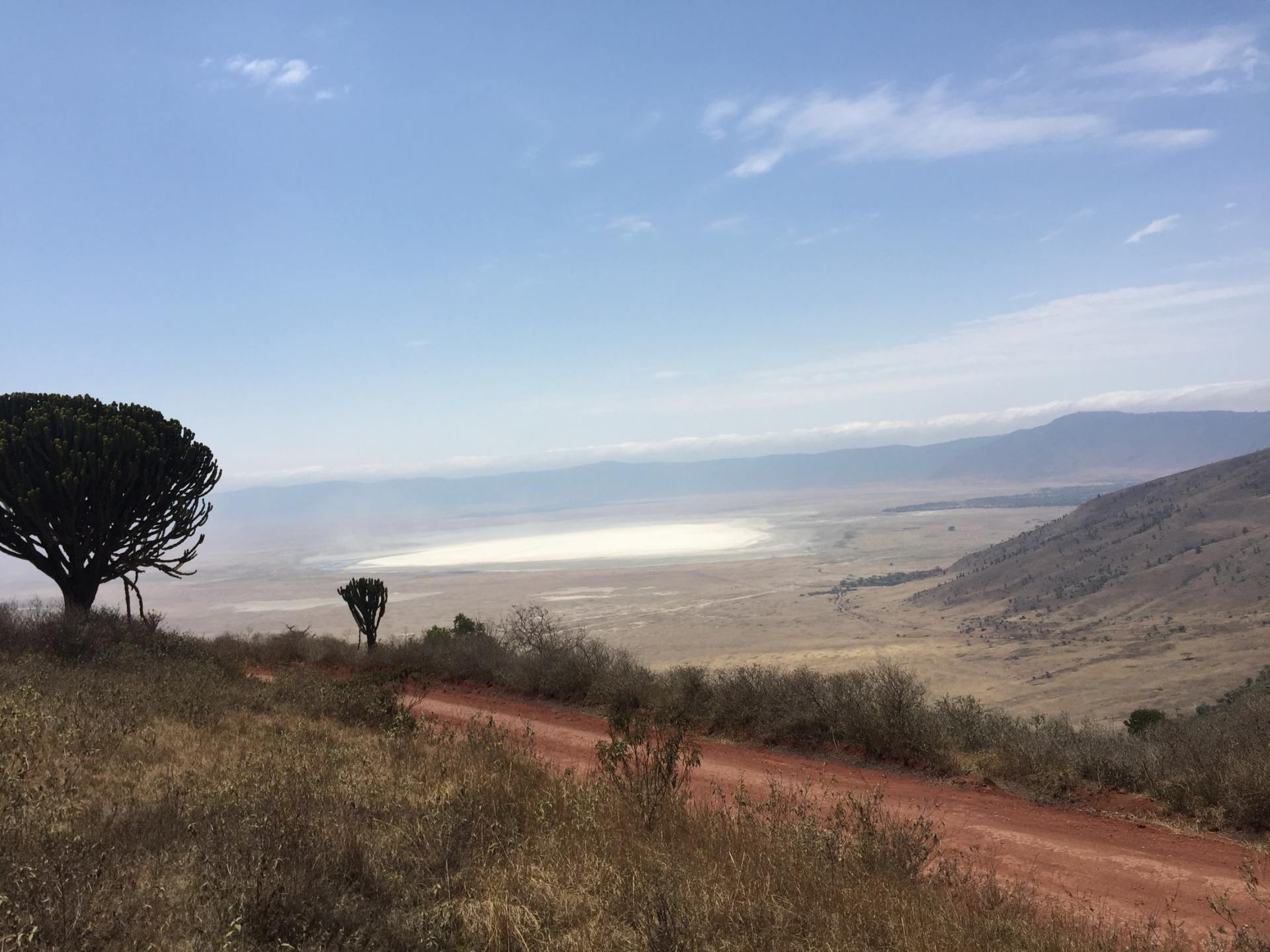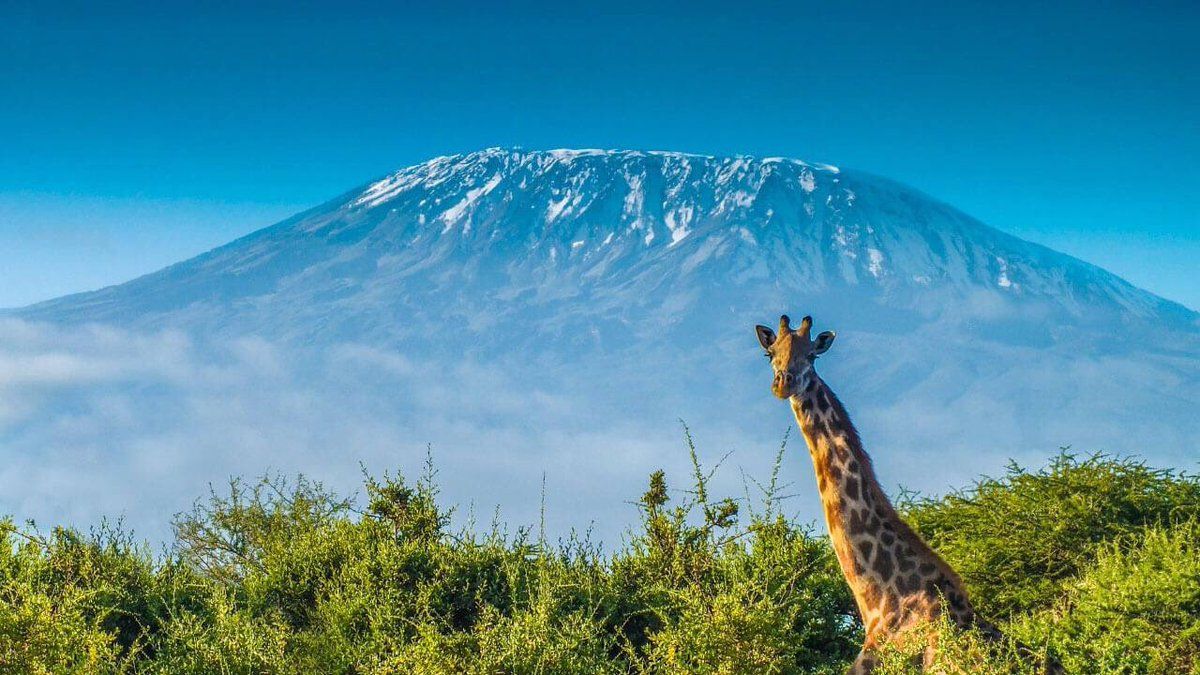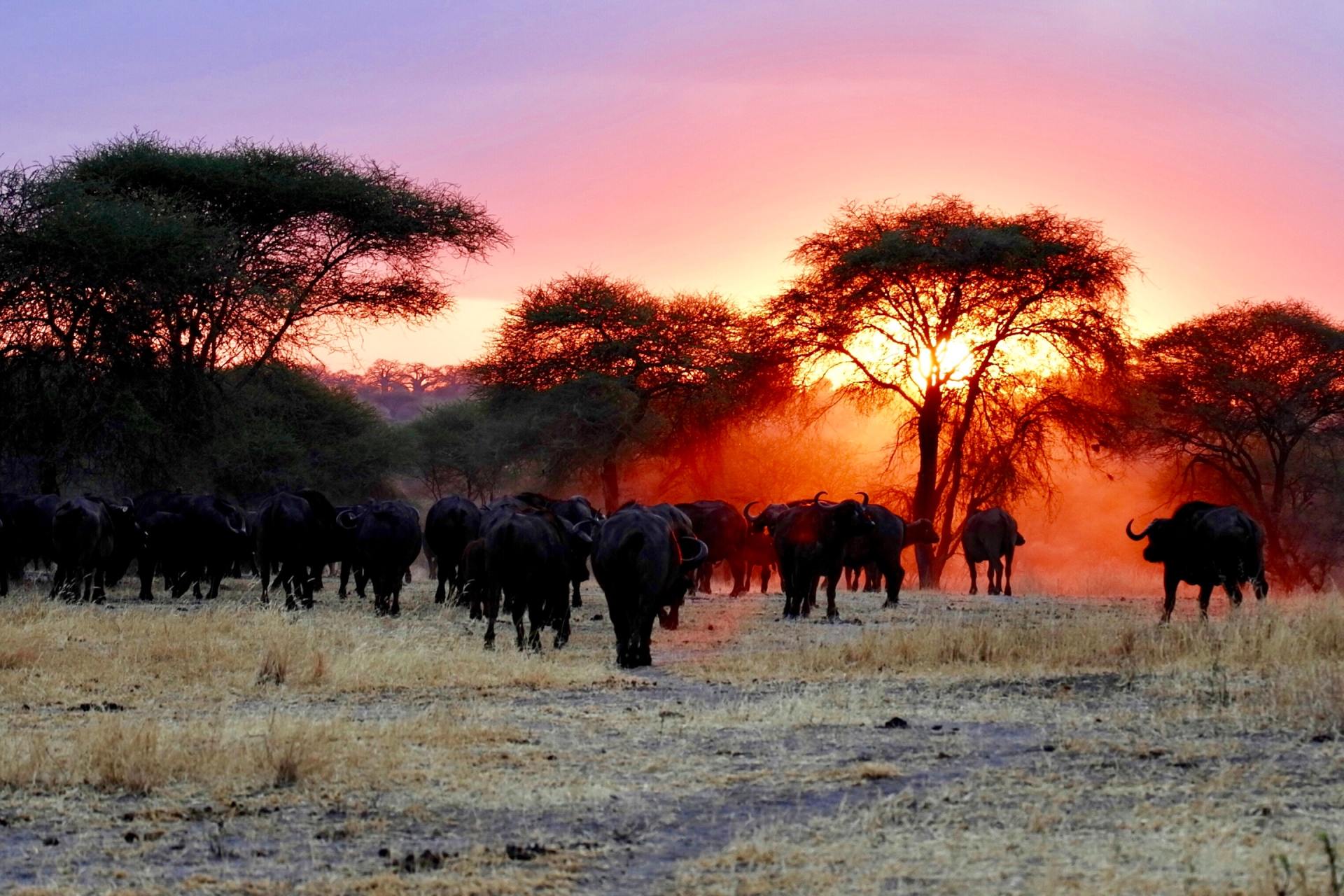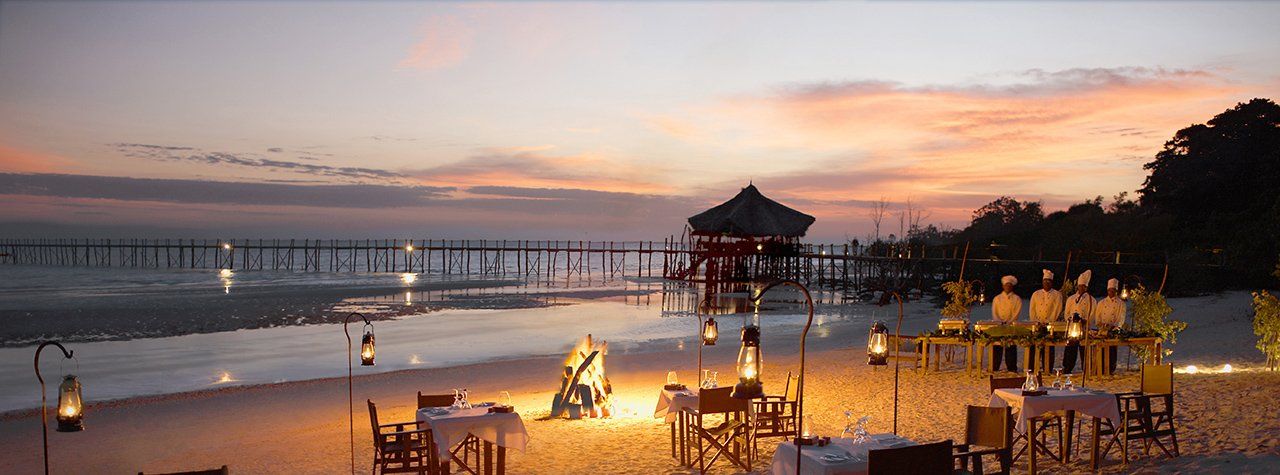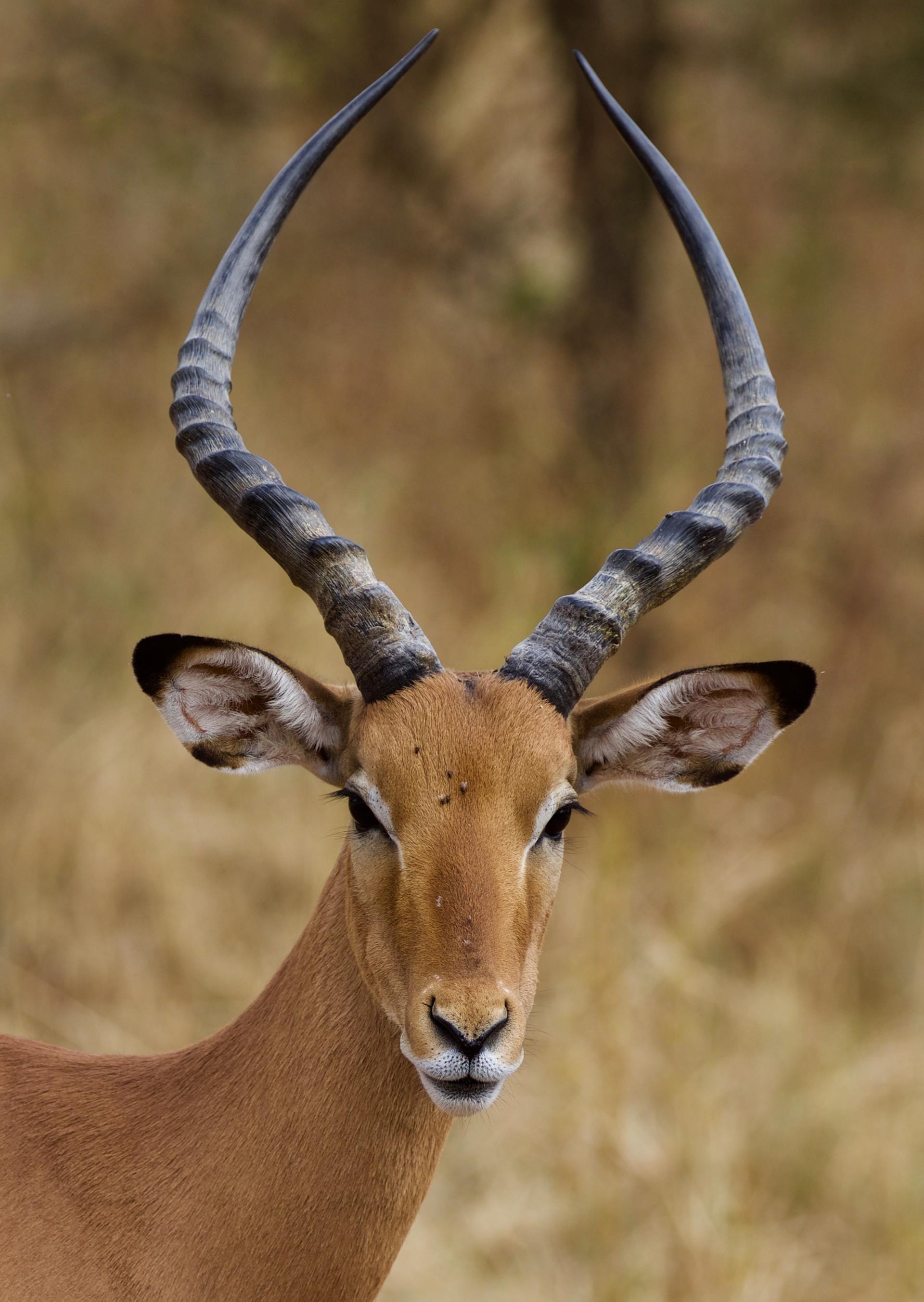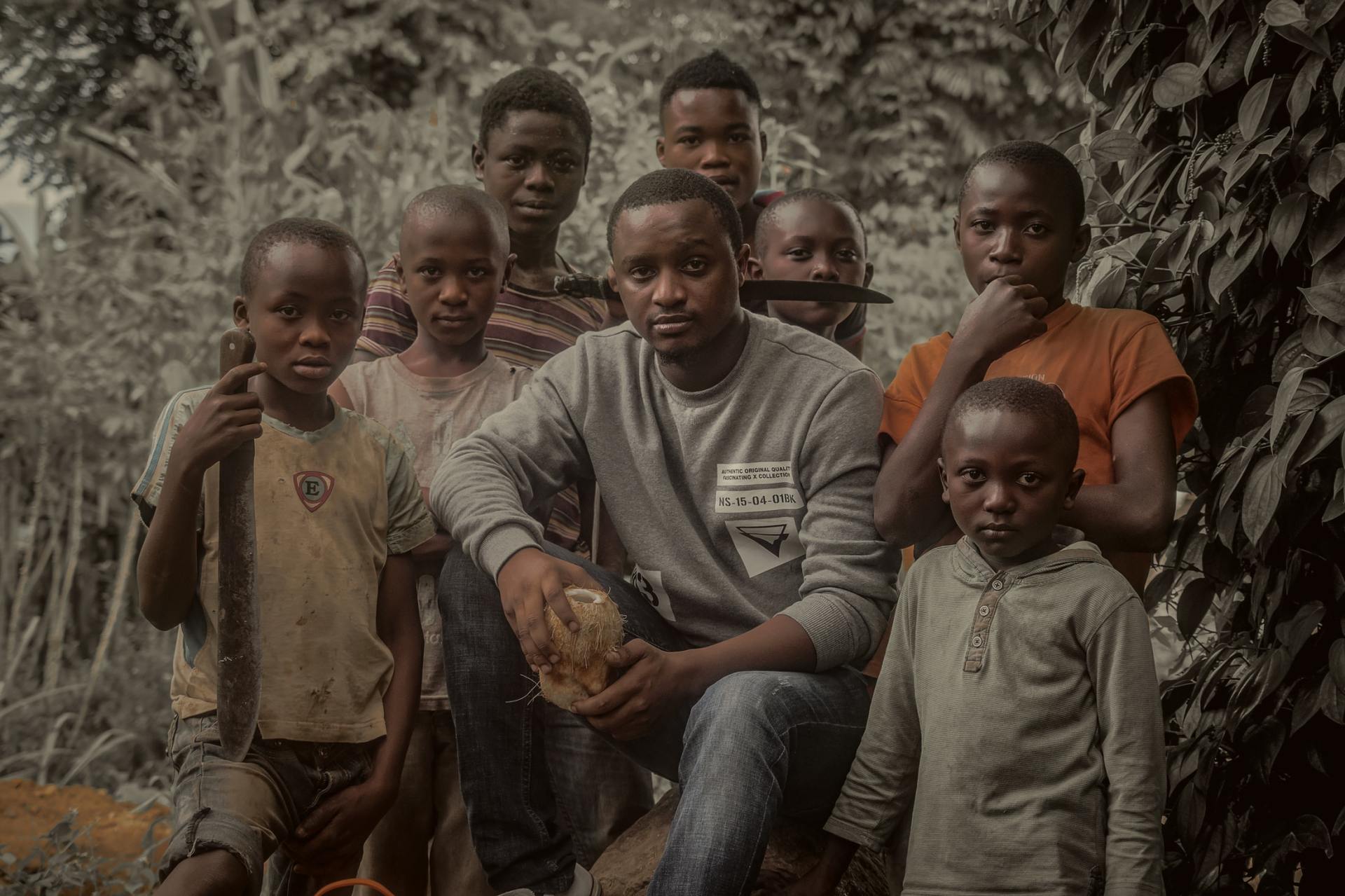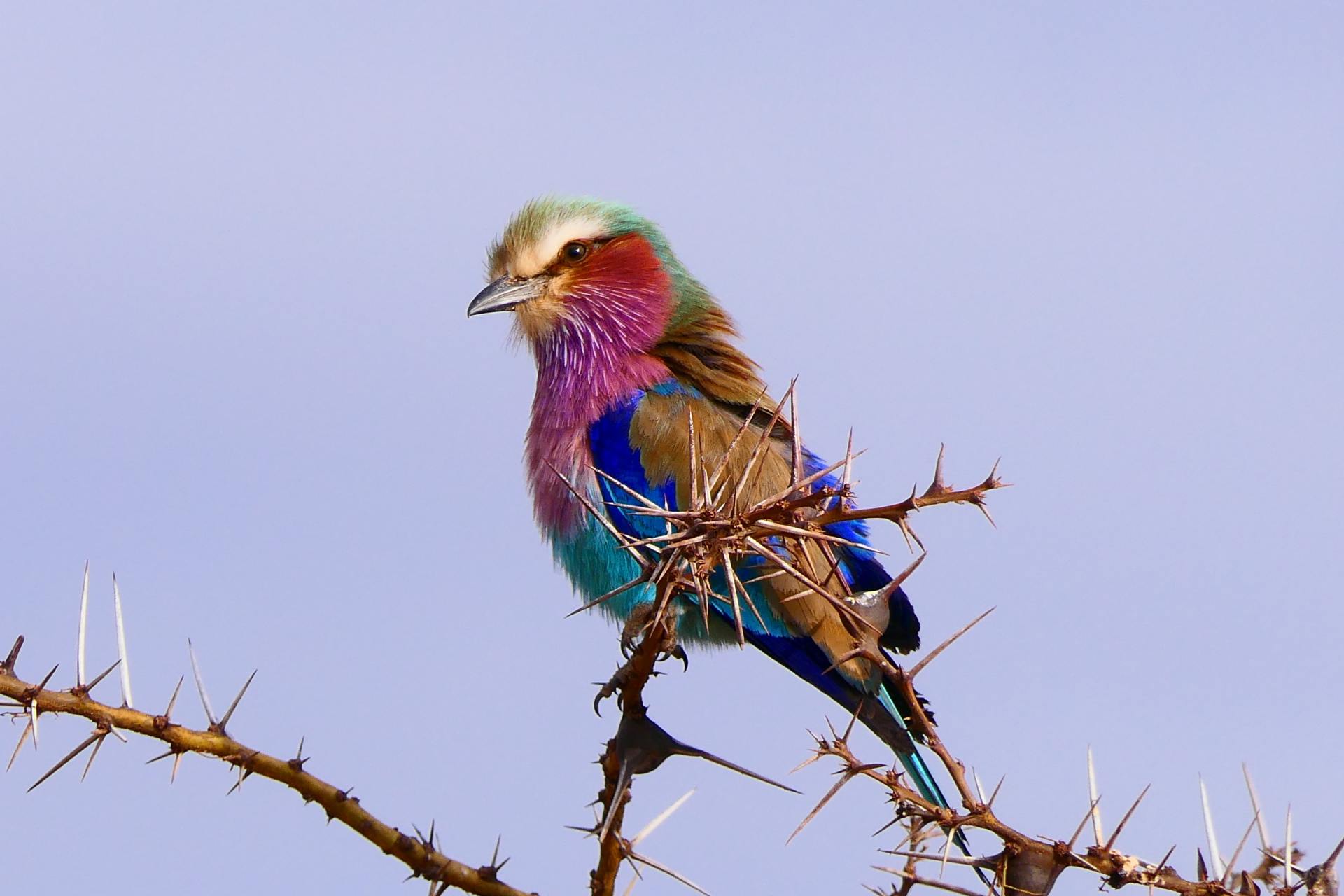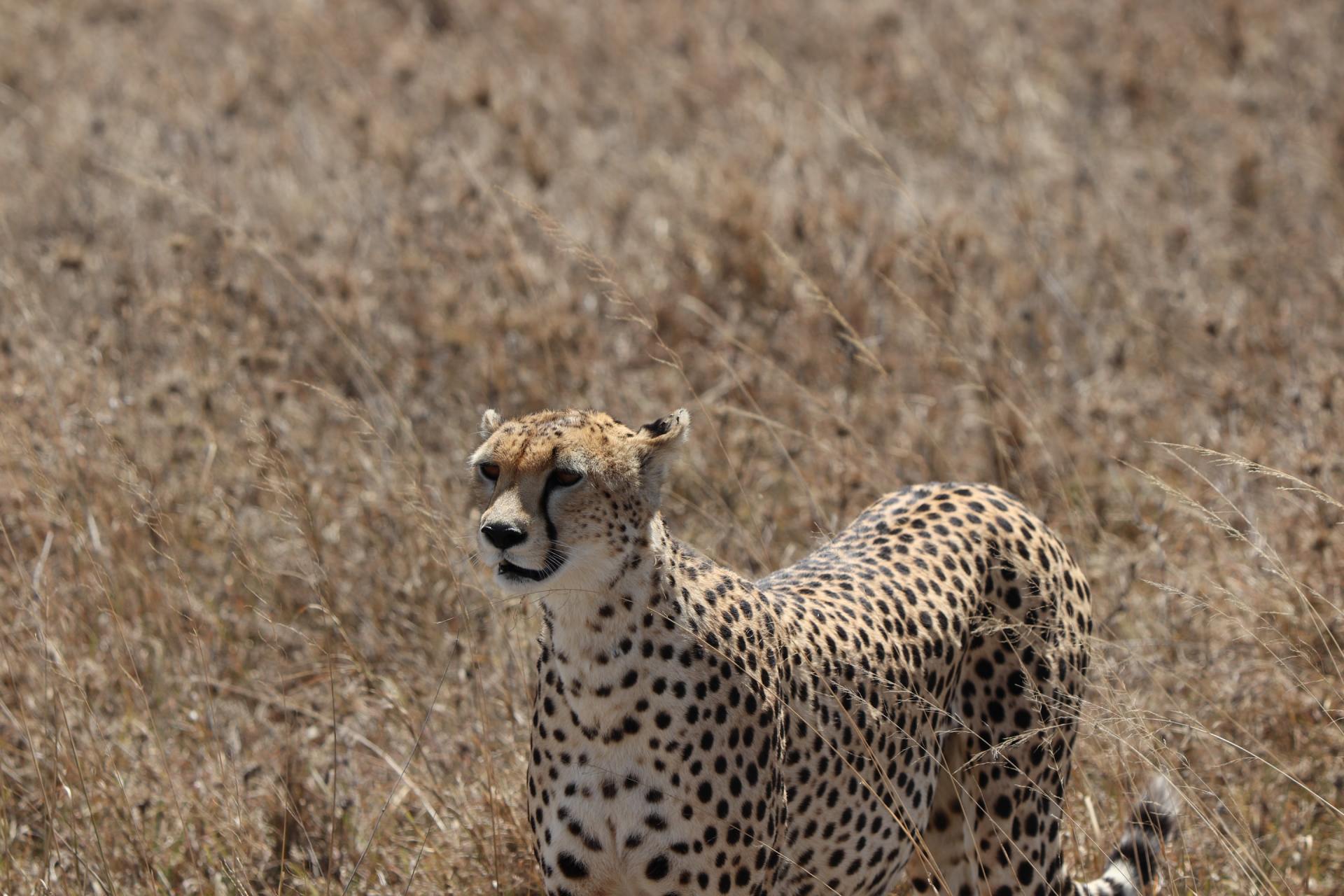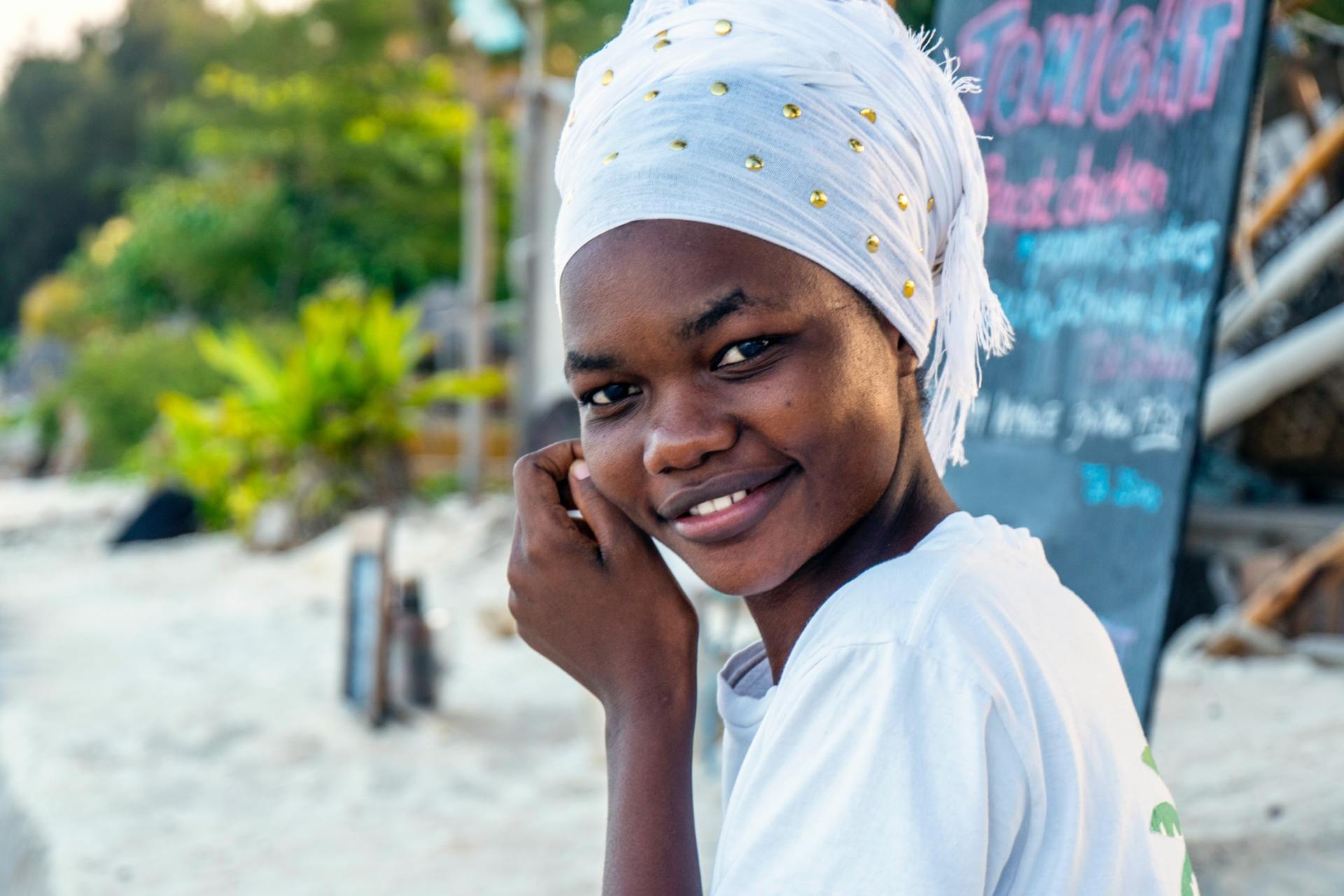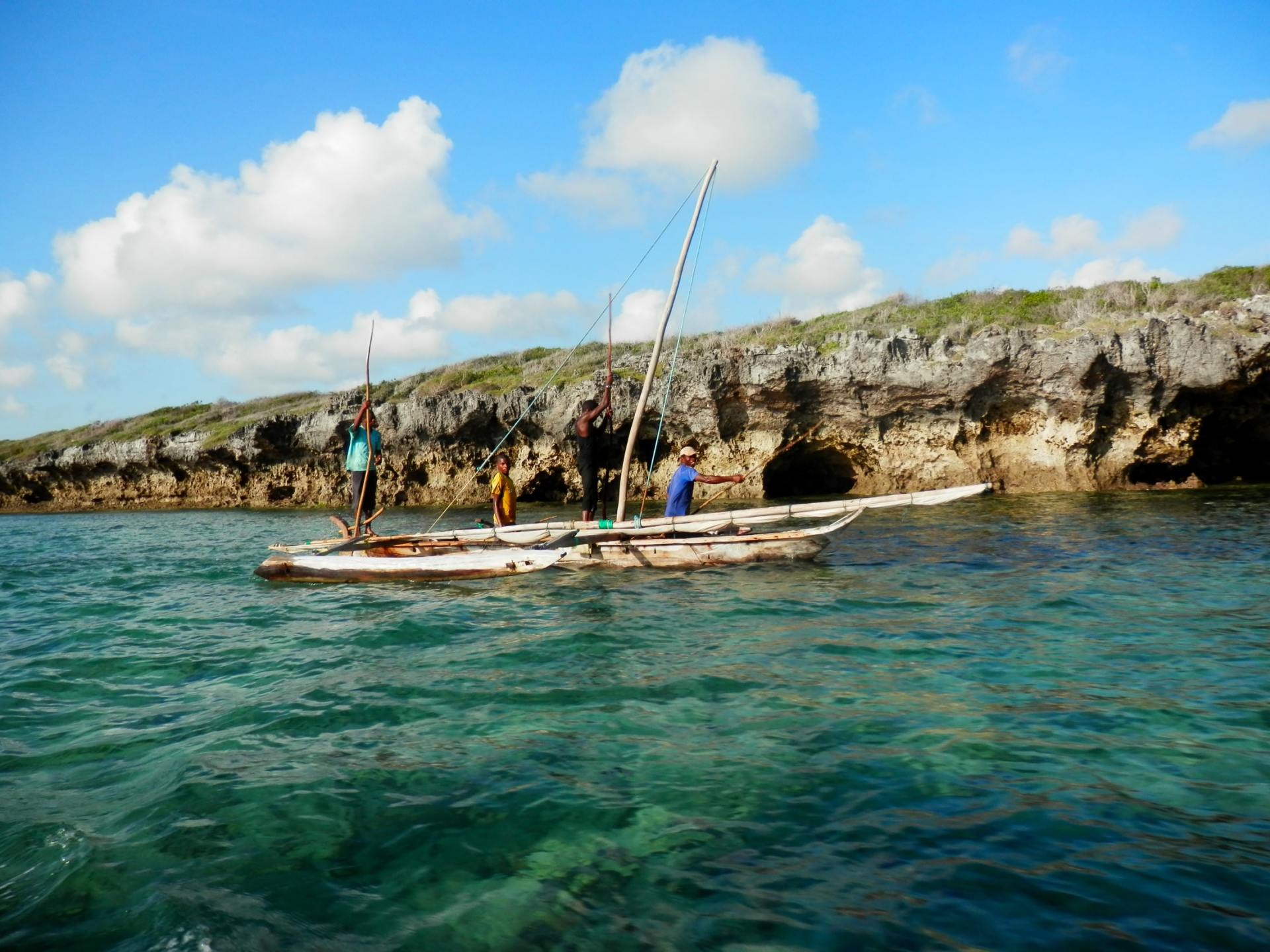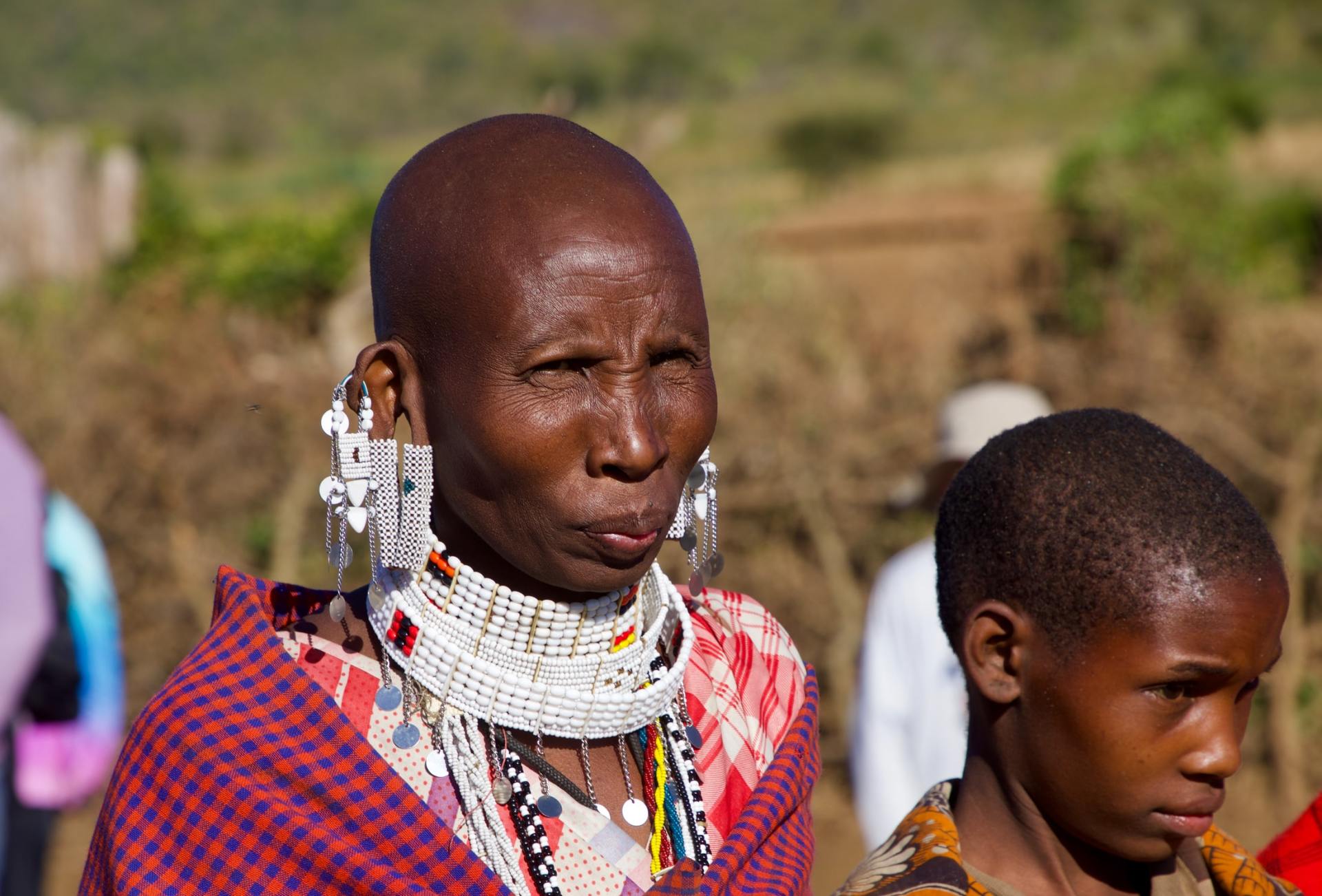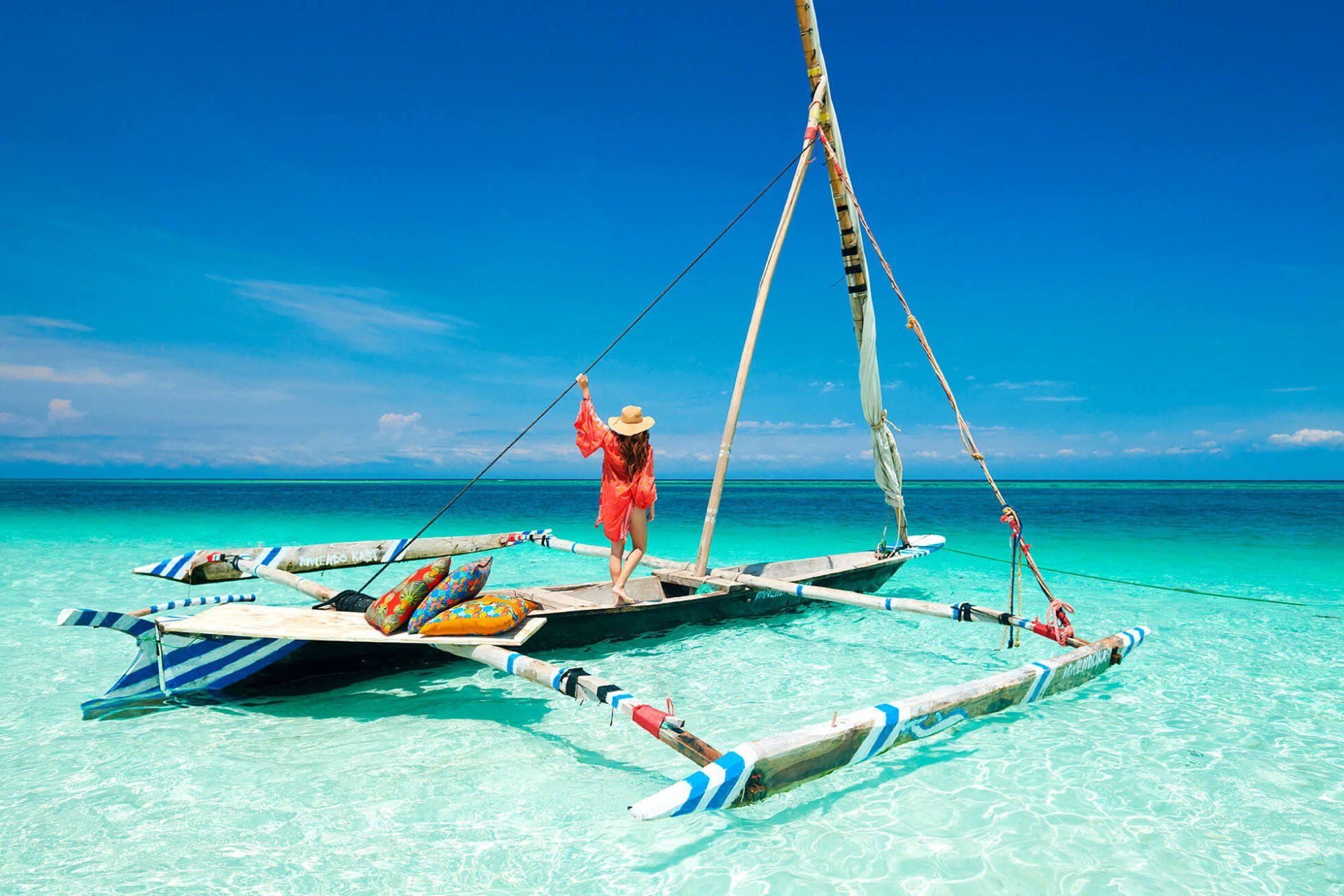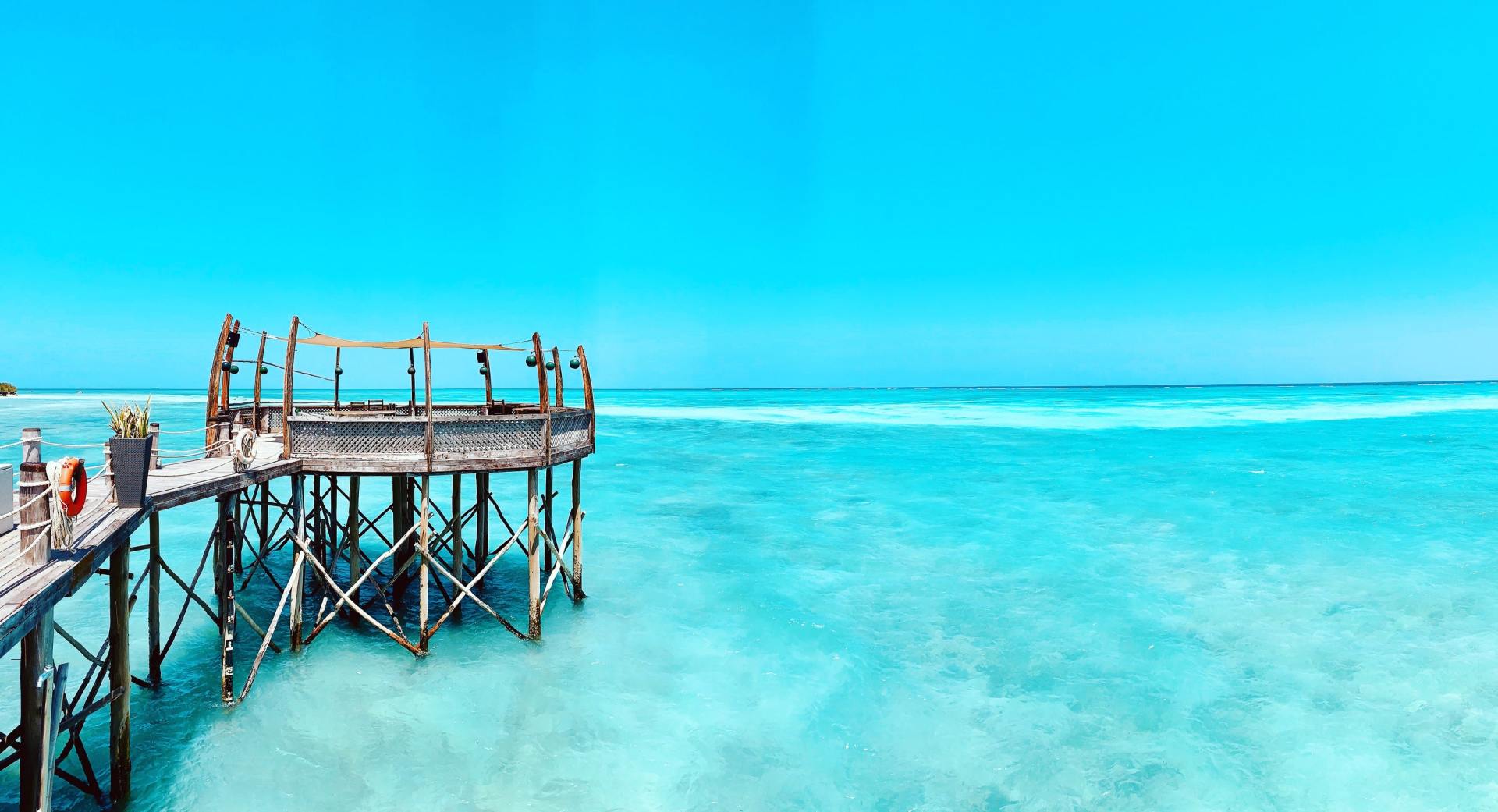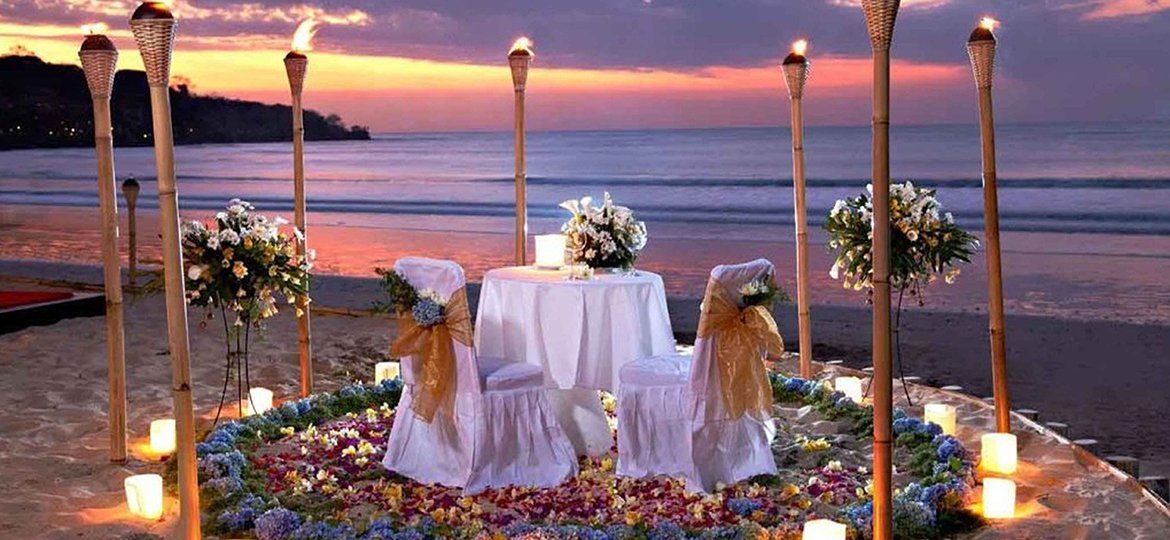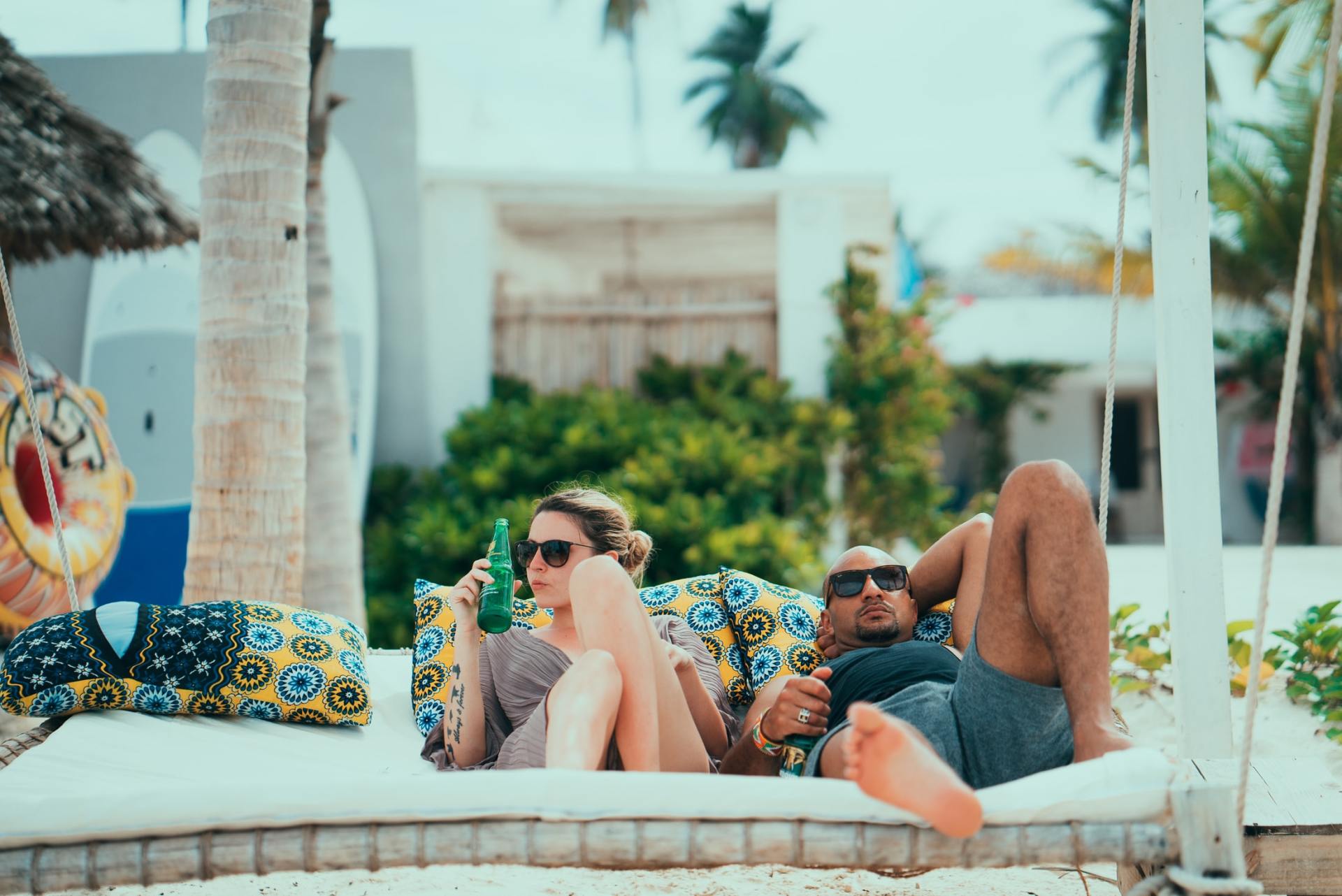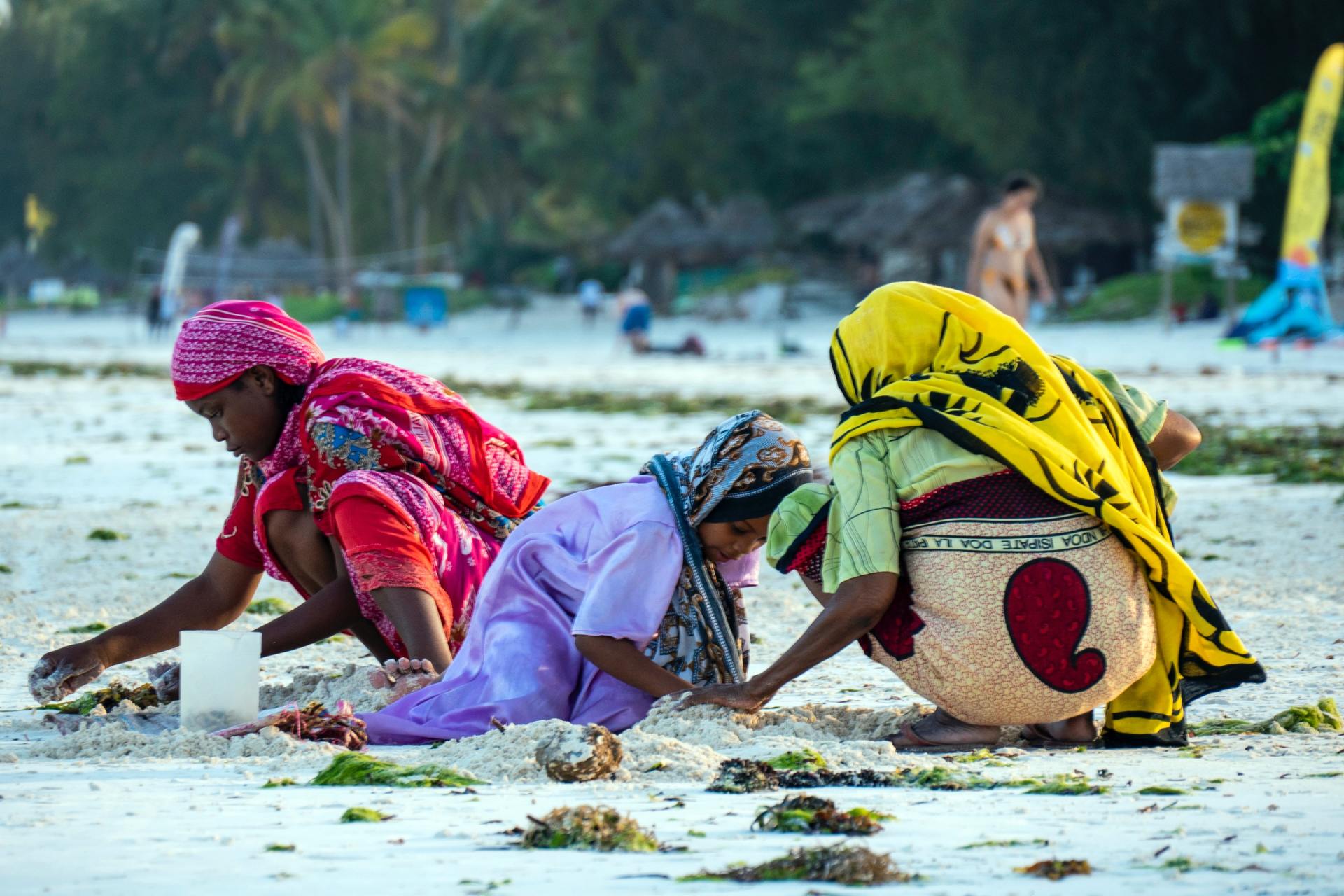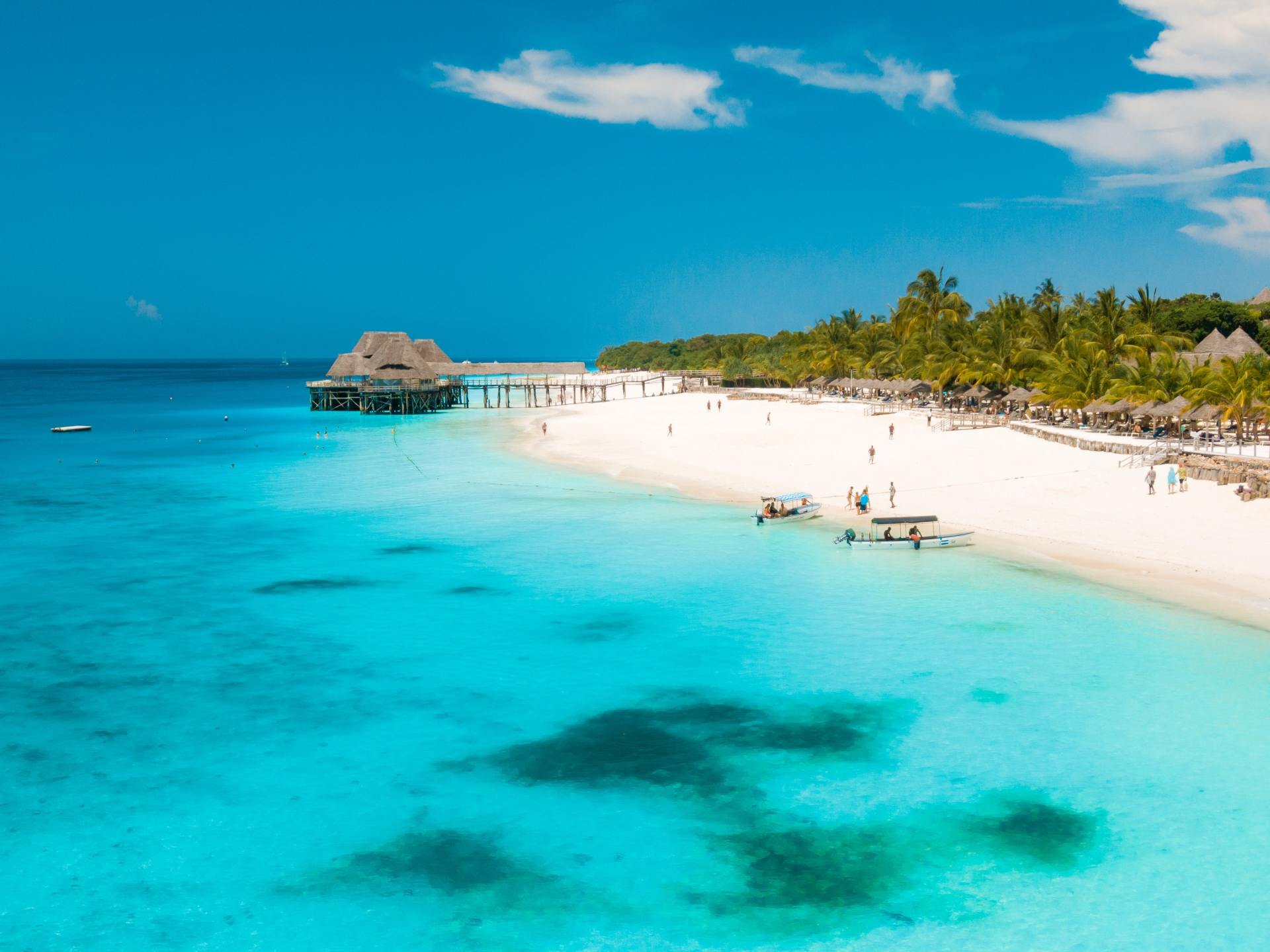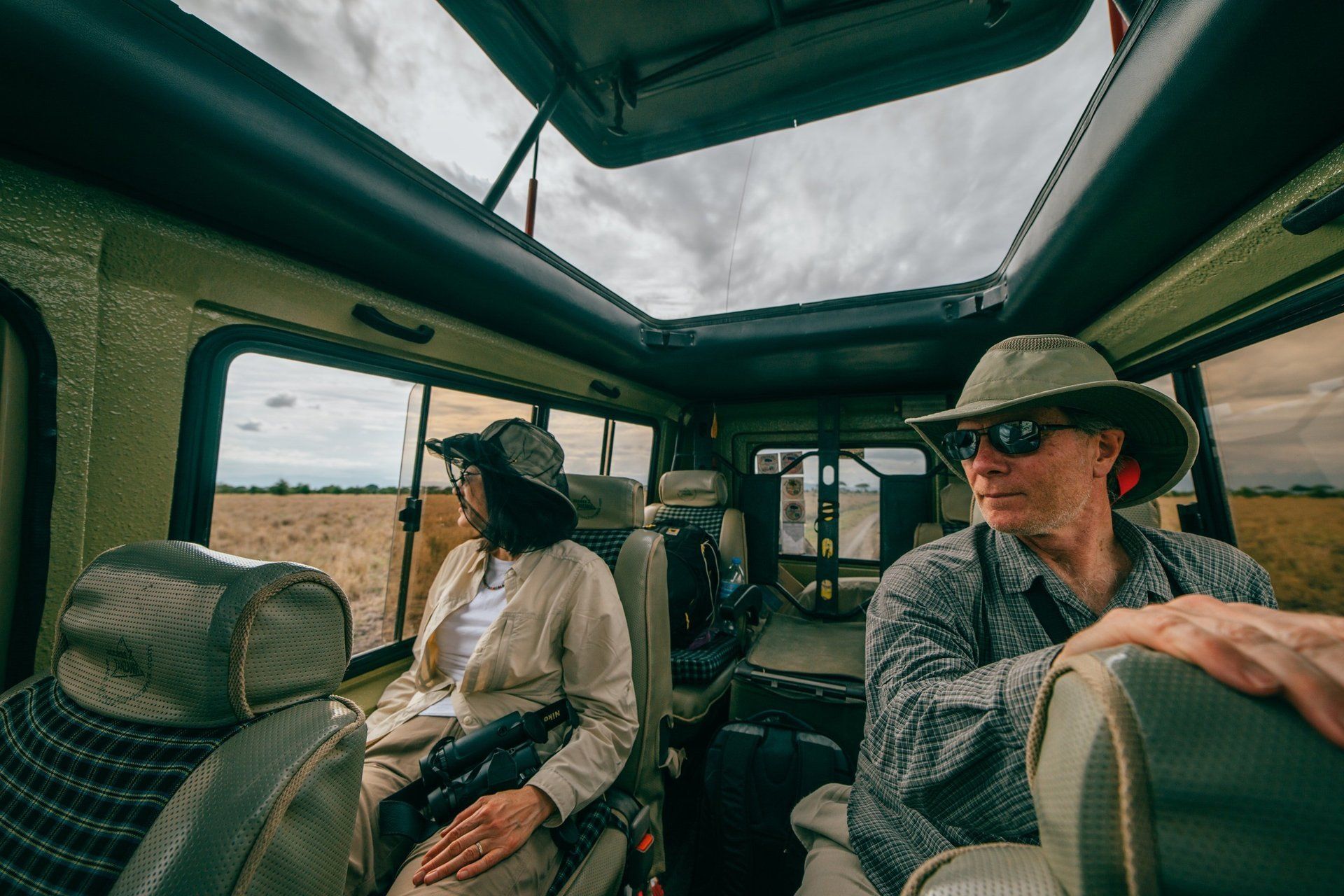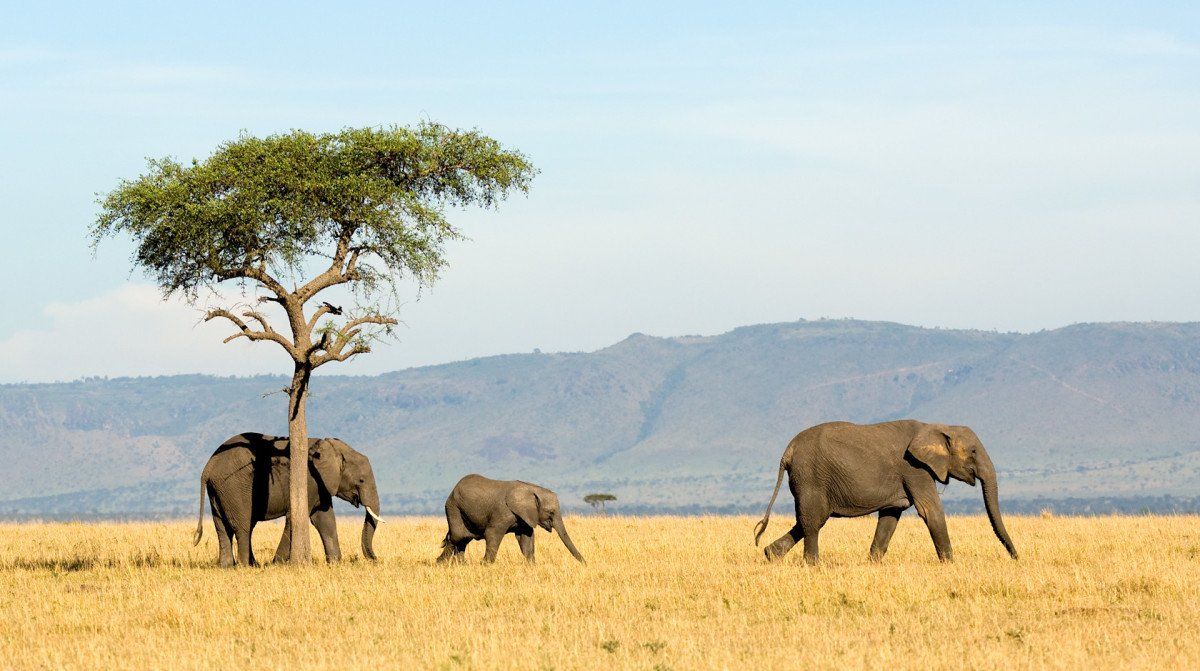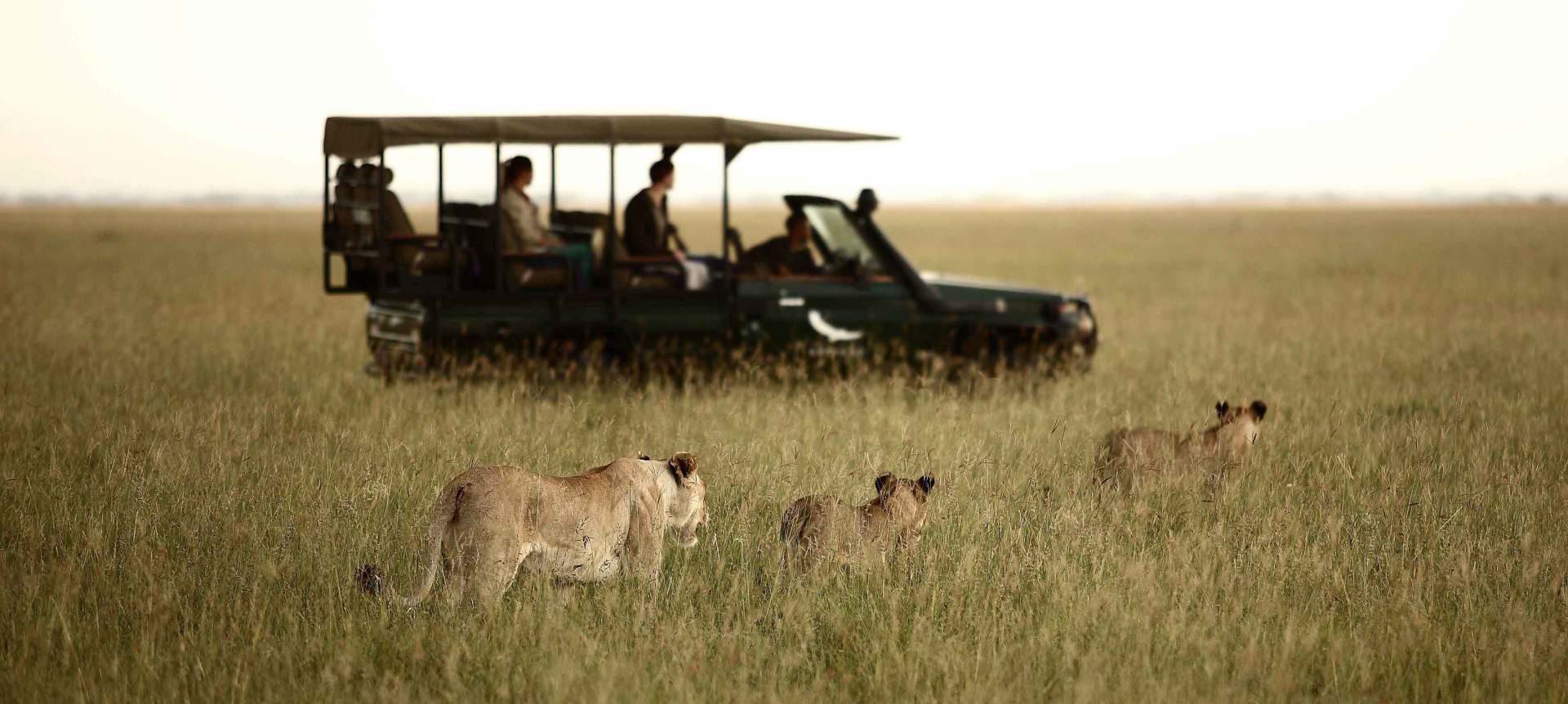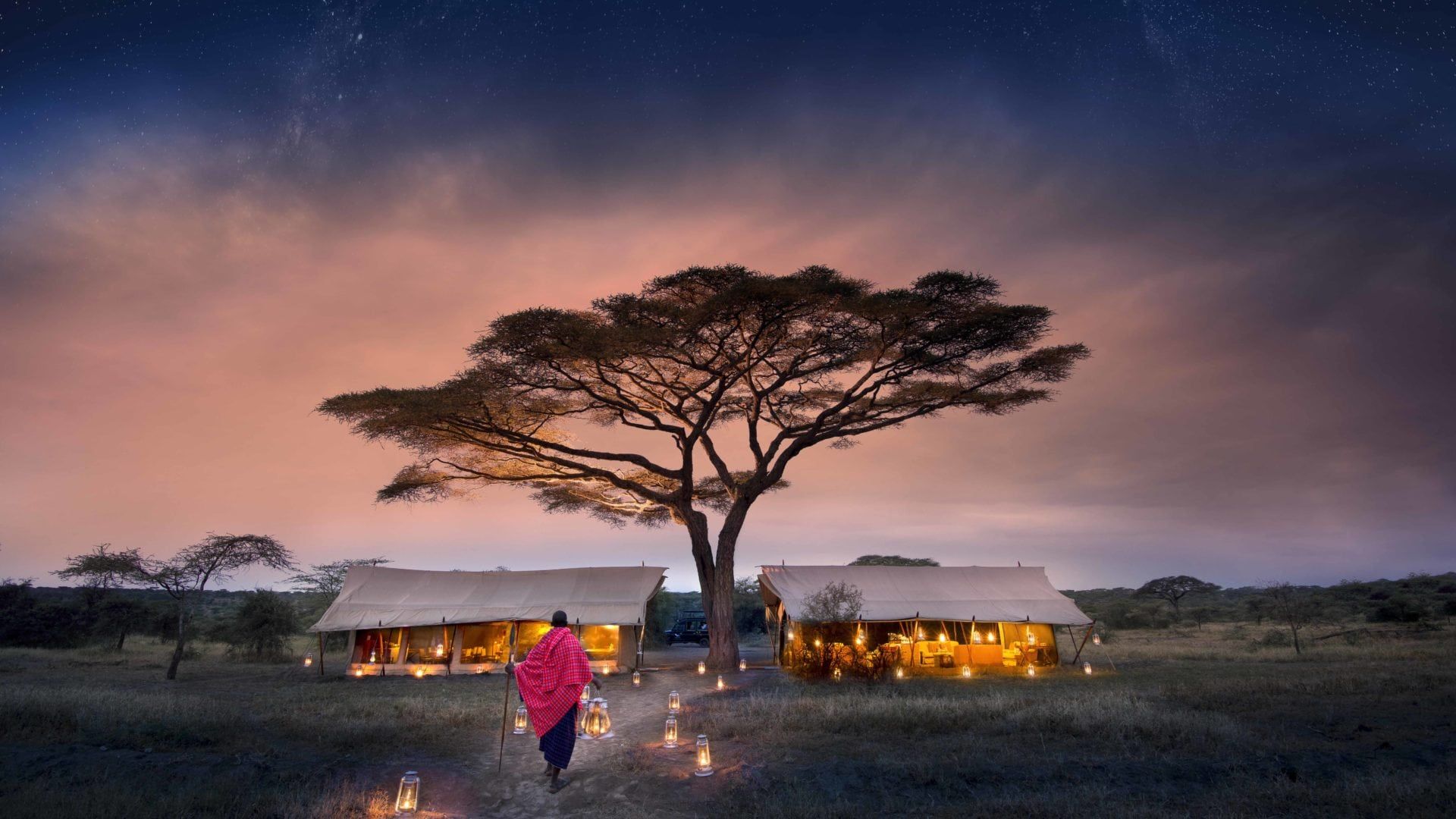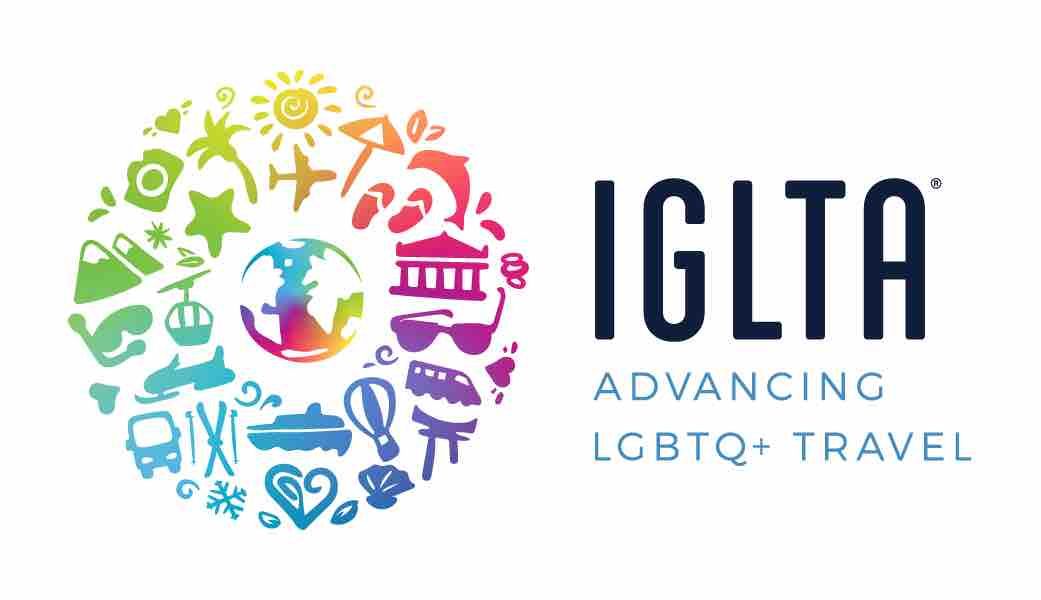Winter (June to September): Our favourite time at The Travel Cafe to go to the Ngorongoro Crater is during the dry season from June to September. Daytime temperatures remain very mild, and will not dip below 13°C - 17°C / 55°F - 63°F.
However, we recommend you pack warm clothes for your safaris, as dawn and dusk are the times when you will feel the cold. The downside of winter is that the Ngorongoro Crater is one of Africa’s most visited places, and naturally most people want to visit during the best season. Tourists will be flocking to the crater floor and no matter how high end your lodge; you cannot completely avoid the droves.
Summer (January to March): January to March sees summer arrive in its full glory, making this our second favourite time to go to the Ngorongoro Crater. The average temperatures are between 24°C - 29°C / 75°F - 84°F, and rain is extremely rare. February is the calving for many species, such as wildebeest and zebra. Large herds of wildebeest congregate in the Ngorongoro Conservancy to give birth and the promise of easy prey attract all surrounding predators.
Spring (November - December): Spring is a very underappreciated season to go to the Ngorongoro Crater. It is known as the period of short rains, but rain is mostly contained to short late afternoon showers and will not stand in the way of your safari experience. Temperatures are lovely and pleasant, and rates are lower than during high season, so this is actually a pretty good time to go. The added bonus is that most tourists will have left by September and you will get to experience a much quieter safari.
Autumn (April - May): Autumn is our least favourite time for a visit to the Ngorongoro National Park as it brings the long rains. While of course these rains are bitterly needed for both the flora and fauna to flourish, they will interfere with your safari and severely limit your enjoyment. Many of the roads are muddy and difficult to pass, so you may expect much bumpier rides than normal as well. However, rates are at their lowest during this low season, and the habitual hordes of tourists are conspicuously absent, so you do benefit from a much more intimate experience.




